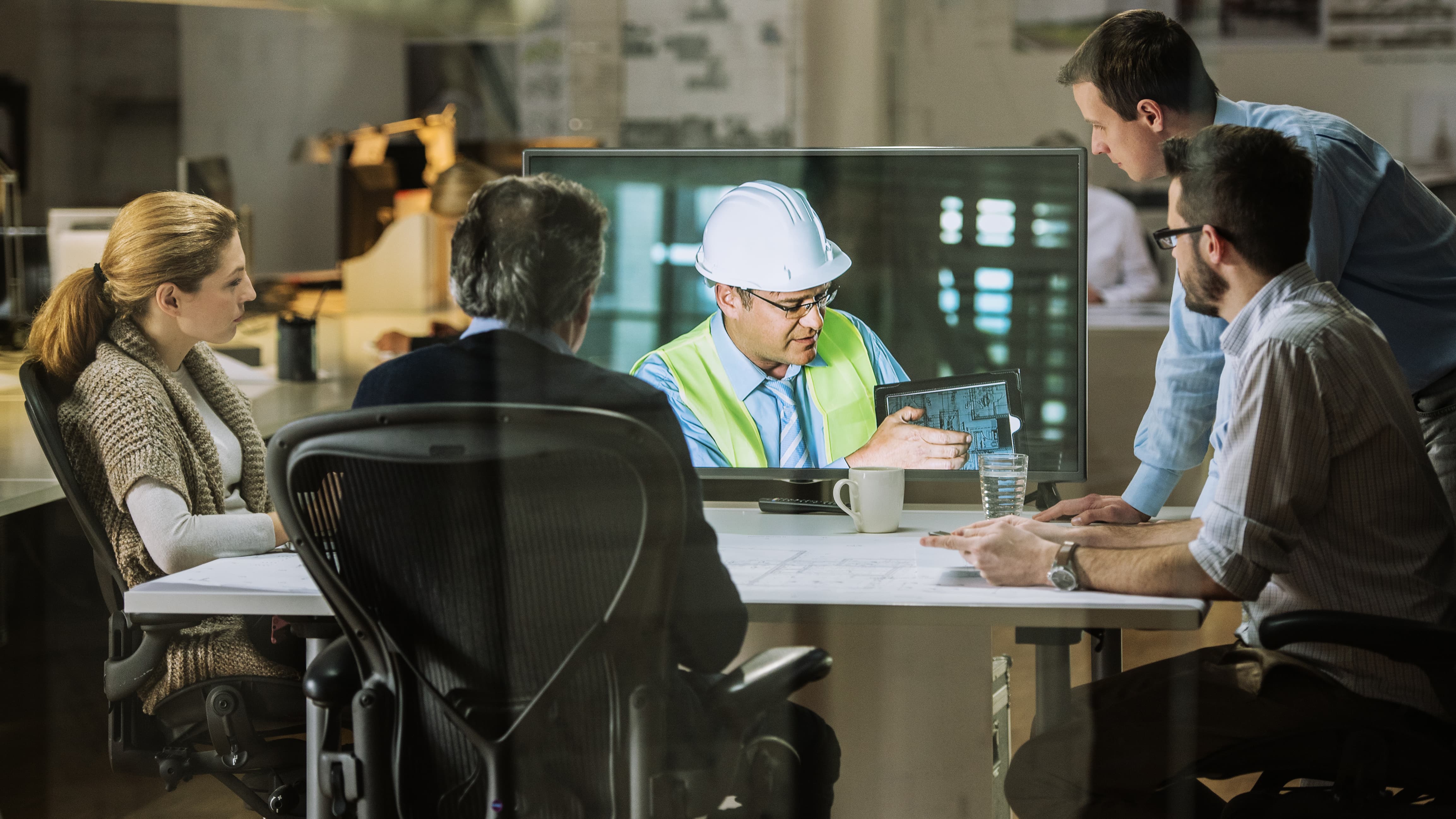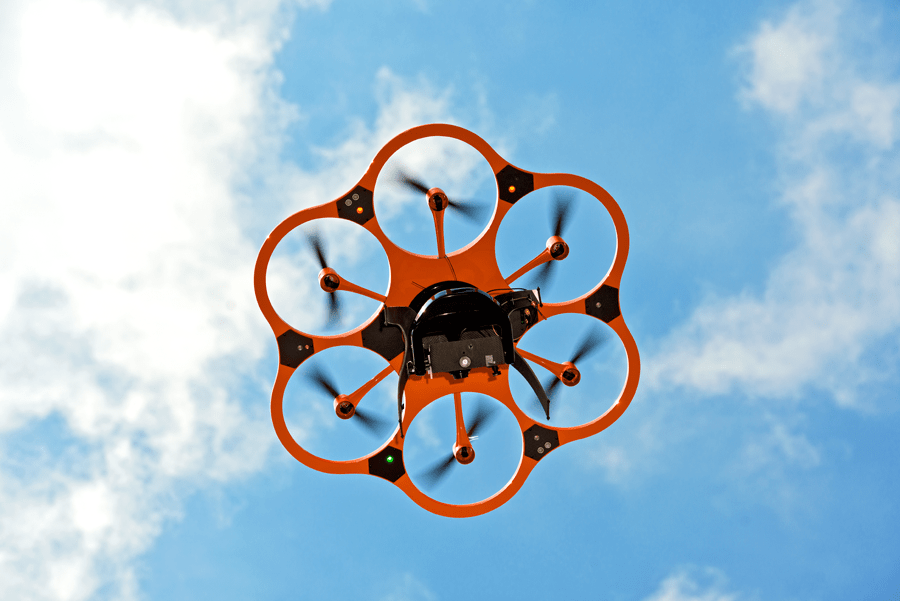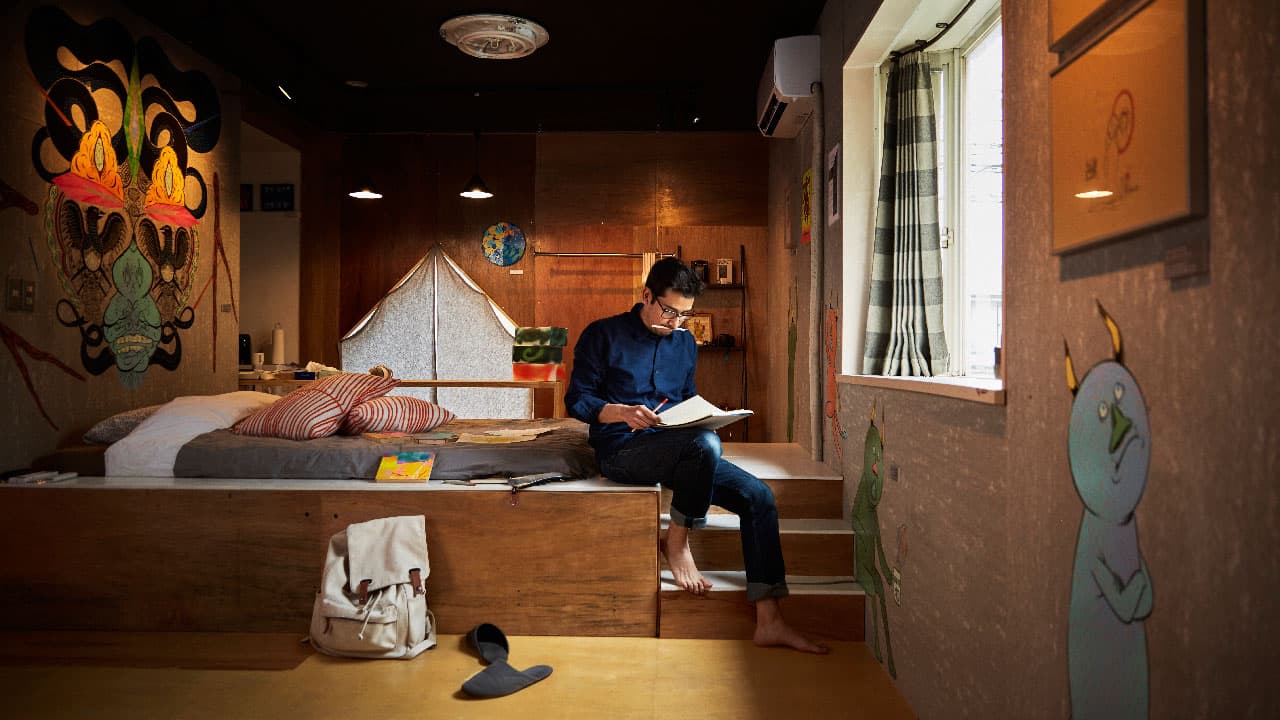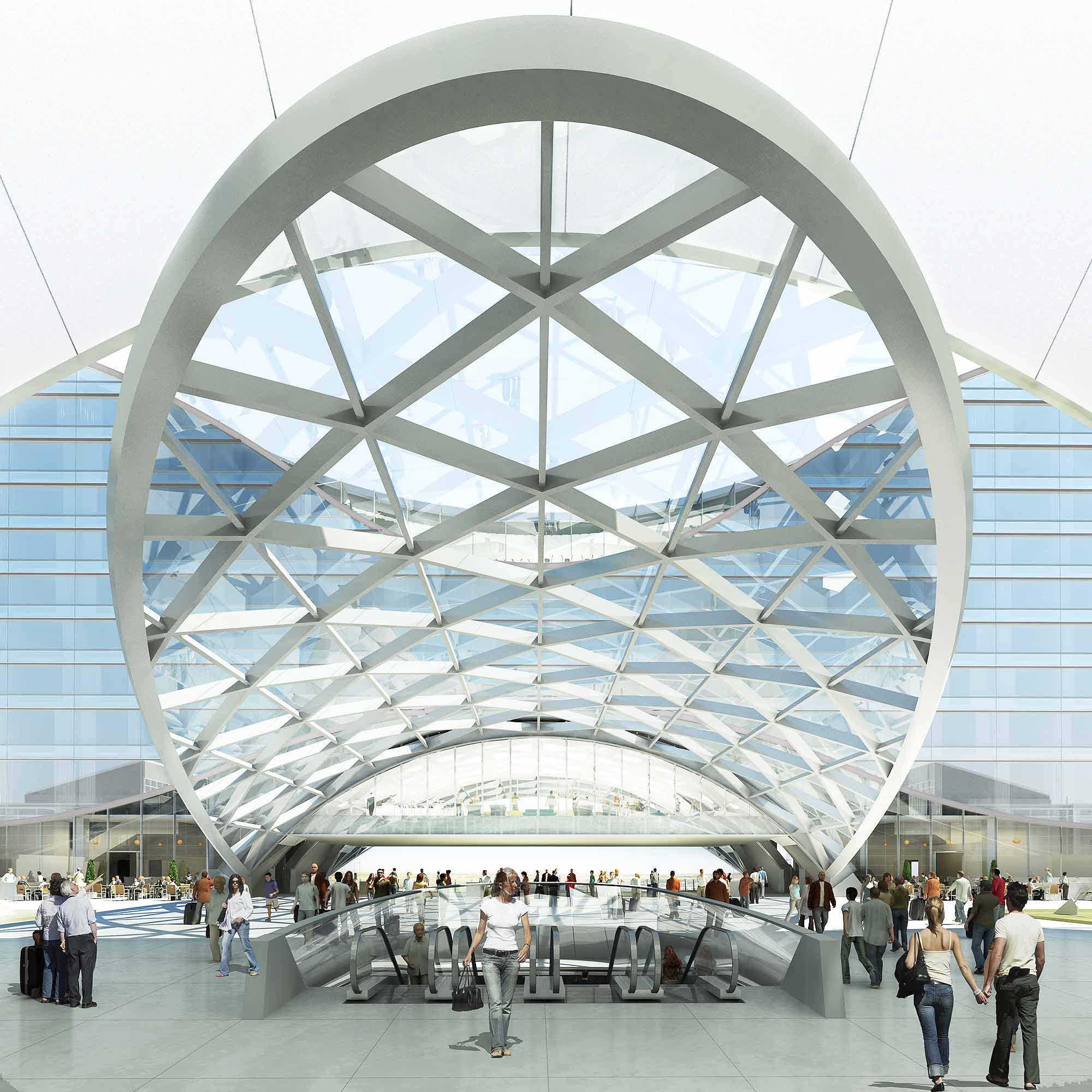What is Digital Construction?
- Youtube Views 19,791 VIDEO VIEWS
ITS USE is becoming increasingly widespread, but what does the term “Digital Construction” actually mean? In this three minute video we explore the background and context, explain some of the many forms digital construction can take and attempt a definition.
RELATED: WHY DO IT IN CONSTRUCTION?
DEFINITION
We feel it is important to start with a definition. Digital construction is a fast moving area and clear definitions are often subject to conjecture (see our comments below). However, to nail our colours to the virtual mast, The B1M believe that:
“Digital construction is the use and application of digital tools to improve the process of delivering and operating the built environment”
In general terms that will translate into making the delivery, operation and renewal of our built environment safer, more efficient and more collaborative. It will ensure that we get a better outcome at every stage of an assets lifecycle.
FORMS
Digital construction could take many forms. It might be simple tools that make communication easier and reduce the need for travel (messaging tools like Slack and WhatsApp or video conferencing systems like Skype and Google Hangouts). It could be the improvement or automation of a manufacturing process, advancements in plant or materials, cloud-based computing and filing systems, or software applications for use in both delivery and operation/facilities management.
Or it could be considerably more advanced than that; things at the cutting-edge like Unmanned Aerial Vehicles (UAVs, sometimes referred to as ‘drones’) for site scanning or inspections, 3D and 4D printing, robotics or artificial intelligence (AI).

Above and below: Digital construction could take the form of simple tools (such as video conferencing [above] to make communication
easier), or could be much more advanced (such as using UAVs to scan site topography or conduct inspections [below]. Image courtesy of Aibotix).

With the rise of digital tools and technologies in the wider world around us, we have come to see them be applied in the construction industry. We have
also seen them enable innovations from within the industry itself. In our opinion, that all falls into the broad category of digital construction.
CULTURAL SHIFT
Clearly, the most significant changes come in the cultural shift that these technologies enable. They bring us all closer together and make the world more connected. They aggregate our data, streamline the way we work and challenge the status quo.
"Disruptive new business models that just weren't conceivable in the past"
They’ve given rise to disruptive new forms of business model that just weren’t conceivable in the past; things like Uber, Air BNB, online video or Amazon same-day delivery.

Above: Digital technologies have enabled the rise of disruptive new business models, such as Air BNB (image courtesy of Air BNB).
For the construction industry, digital technologies have enabled new ways of working that hold the mirror up to a lot of our old practices. This is particularly pronouced in the case of building information modelling (BIM) which demands a highly collaborative culture.
They’re pushing boundaries with the concepts of “BIM Level 3”, “big data” and “smart cities”, enabling us to make informed decisions on the operation and renewal of our built environment from aggregated digital information that highlights trends and statistics.

Above: Digital technologies have enabled new ways of working in our industry, particularly in the case of BIM. An information modelling environment is being used to support facilities management at Denver International Airport in the United States (image courtesy of Gensler).
CONJECTURE ON THE DEFINITION
Despite our attempt above, there isn’t a clear definition on what digital construction actually is. Our view is based on taking a broad consensus.
The word “digital” is confusing and could mean many different things to many different people. The word “construction” is misleading too. We’re actually talking about the whole lifecycle process from end-to-end.
"It will take a different form depending on your role or contribution to the industry"
In reality digital construction will take a different form depending on your role or contribution to the industry. Not everything will be relevant to you and you will need to consider what approaches can best suit your role or business. How can they help you become more efficient, saving time and money? How can they help you deliver a better outcome?
DON’T BE DAUNTED
It’s a really exciting time for the industry so don’t be daunted. These technologies are here to help make our lives easier. They don’t come with the years of experience that we all have and they’re not here to replace anybody.
Why not start experimenting today, even if it’s just dipping your toe in with some of the simple tools that can make communication a lot easier?
You’ll soon find that a lot of this stuff is already coming into the life you lead outside of work anyway. So why not harness some of that to help improve what you do?
.jpg?Action=thumbnail&algorithm=fill_proportional&width=550)
Above: Virtual Reality (VR) technologies are finding a place in the built environment sector (image courtesy of Maurizio Pesce).
This video was kindly powered by Viewpoint.
Images and footage courtesy of Aibotix, Air BNB, Amazon, Automata, BBC, Mark Warner, Maurizio Pesce, Natta and Wall Street Journal.
We welcome you sharing our content to inspire others, but please be nice and play by our rules.








